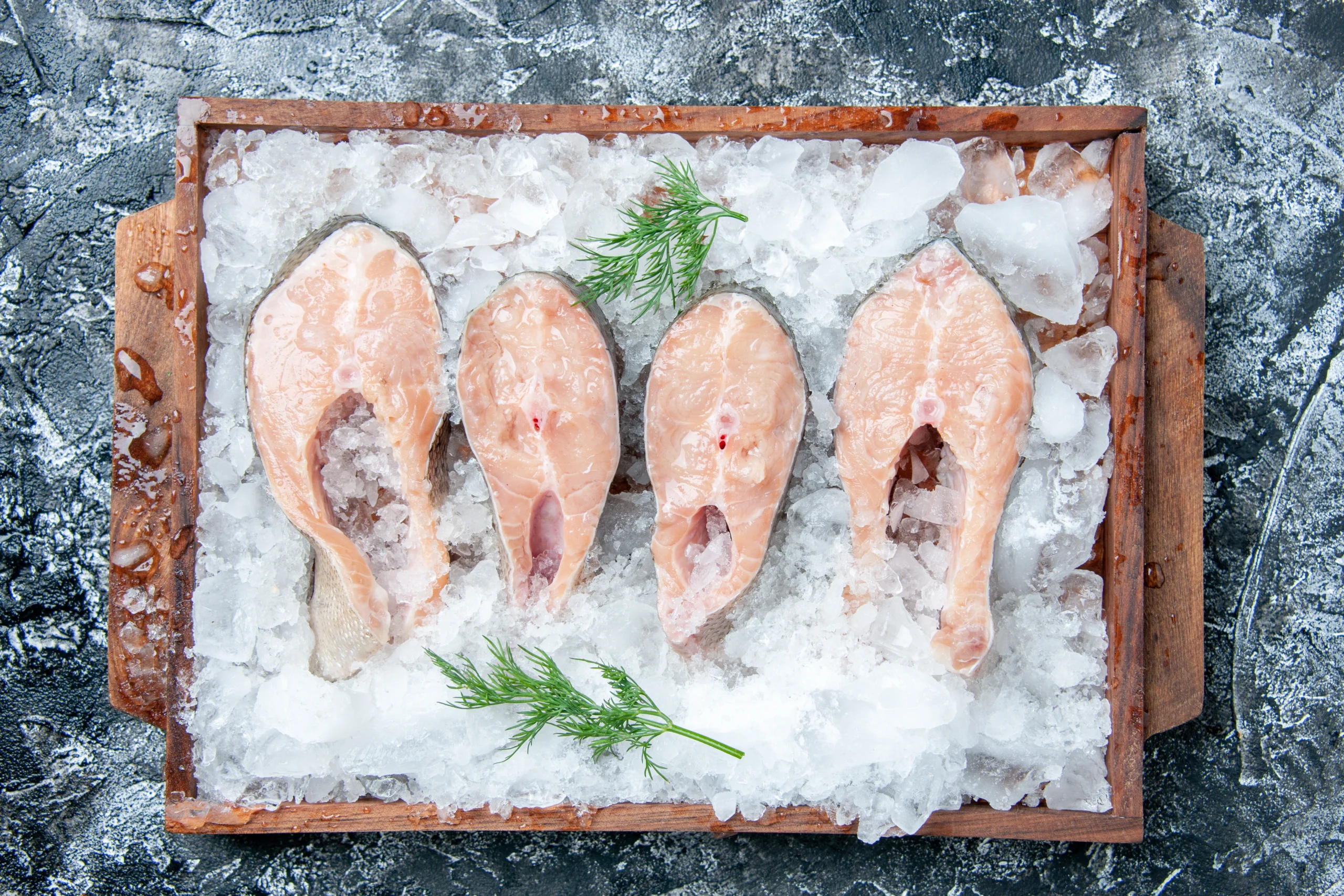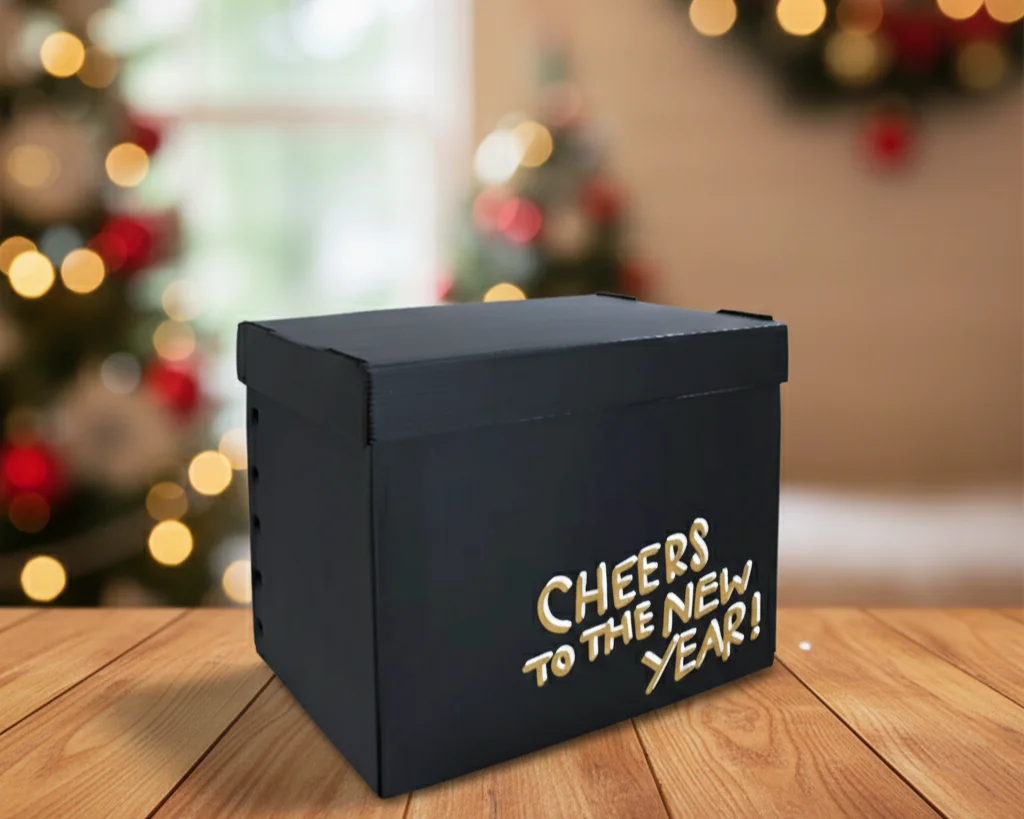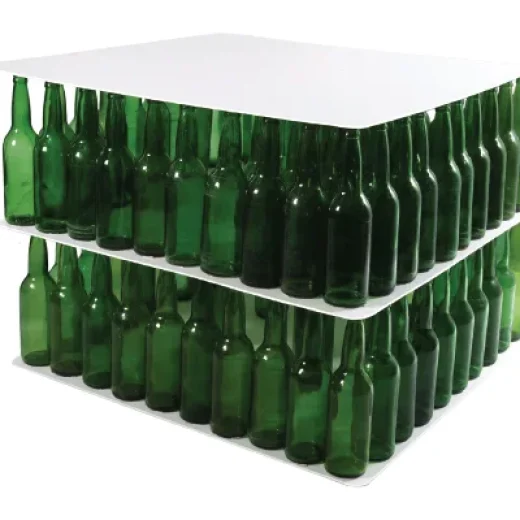If you’re in the frozen food business, you know packaging isn’t something to take lightly. The way your frozen products are packed can directly affect freshness, food safety, and even your brand image.
This article isn’t just theory—it gives you actionable tips that you can implement right away in your food business. Let’s dive in!
Why Frozen Food Packaging Matters
According to Kate Machine, a leading packaging equipment manufacturer based in China, proper frozen food packaging is essential to maintaining product safety and extending shelf life.
But that’s not all—your packaging also serves as a branding tool that reflects your product’s quality and your business’s professionalism.
For instance, using low-quality or inappropriate materials (like recycled paper or uncoated cardboard) can lead to:
- Product contamination from ink or toxic chemicals leaching into the food
- Packaging failure in cold environments, especially during transit
- Violations of food safety guidelines, such as those set by the FDA, which prohibits direct food contact with recycled paper due to risks from heavy metals and chemical residues
So, the right packaging not only protects your food—it also protects your business.
7 Tips for Properly Packing Frozen Food
1. Use the Right Materials and Seal Properly
Always use packaging that’s designed for frozen food—strong, moisture-resistant, and safe for direct contact.
Avoid makeshift combinations like plastic bags wrapped in aluminum foil. Instead:
- Use durable corrugated boxes
- Add ice gel packs to maintain low temperatures during shipping
2. Gather All Necessary Supplies
Prepare everything you need before you start packing:
- Corrugated cardboard boxes
- Bubble wrap
- Cardboard inserts
- Food-grade aluminum foil
Having the right tools will ensure consistent and secure packaging for every order.
3. Wrap with Bubble Wrap and Aluminum Foil
Wrap each frozen food item with bubble wrap, placing ice gel packs on both the top and bottom of the product. Then, cover the wrapped product with aluminum foil.
This double insulation helps maintain a steady internal temperature during transit. Don’t forget to secure the foil tightly to prevent heat or air leaks.
4. Eliminate Empty Space in the Shipping Box
Once the product is wrapped, place it in the shipping box and fill any gaps with packing materials.
Empty air pockets can cause:
- Condensation, which can lead to freezer burn
- Packaging dents or punctures during freezing or handling
The goal is to pack the product snugly and prevent it from moving around during transport.
Boost Packaging Quality with ALVAboard’s Hollow PP Plastic
For optimal results, use hollow-core polypropylene (PP) plastic sheets from ALVAboard—a smart choice for any frozen food business looking to improve product integrity and sustainability.
Why Choose ALVAboard?
- Lightweight yet strong thanks to its hollow-core design
- Highly flexible to accommodate different food product shapes and sizes
- Eco-friendly and recyclable, making it a sustainable packaging option
ALVAboard’s food-safe packaging is engineered to withstand cold temperatures while protecting your products during storage and transit.
💼 Bonus: Check Out ALVAboard’s Plastic Archive Boxes
Need storage that’s just as safe and eco-conscious? Our plastic archive boxes offer a secure, reusable solution for organizing and storing supplies or documents.
📦 Ready to Browse Our Catalog?
Want to learn more about ALVAboard’s food-grade plastic packaging? Contact our Customer Service team via WhatsApp at +62 877-9310-2838 for a one-on-one consultation.
We’ll help you find the right solution to keep your frozen food products safe, appealing, and compliant.
🛒 Shop ALVAboard Products Online
Explore our range of packaging solutions on your favorite platforms:
- Tokopedia
- Shopee
- TikTok Shop
- ALVAboard Official Store
📘 Don’t forget to download our free guide: “The Ultimate Food Packaging Handbook”—your go-to resource for understanding packaging trends, materials, and tips to boost your food business success.



